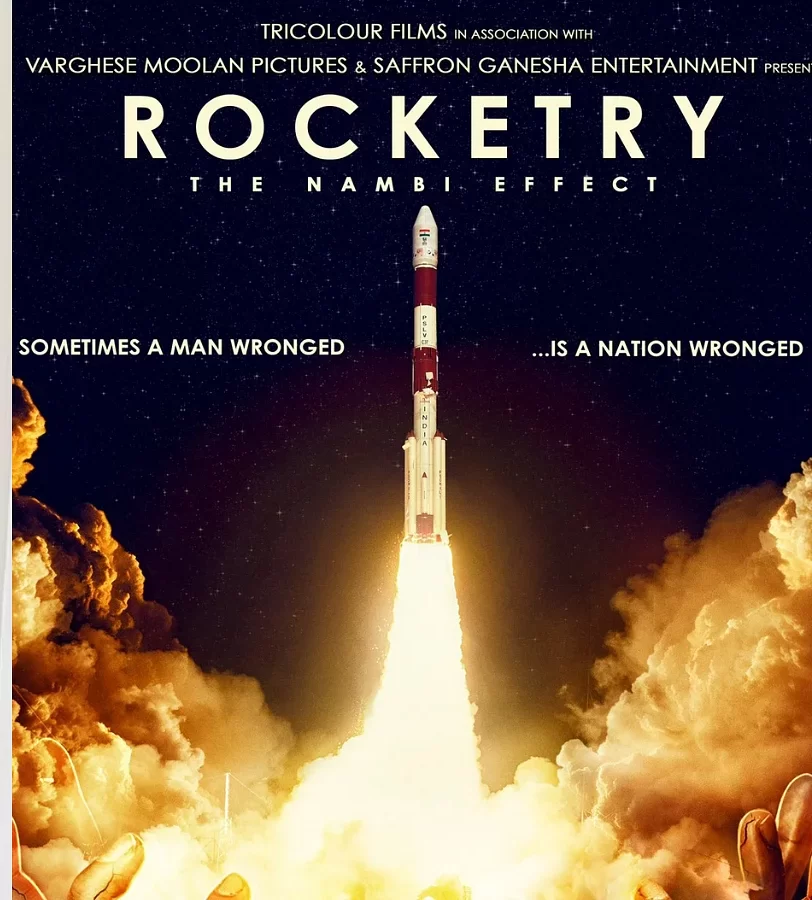MUMBAI: The latest report from media analysts, Screen Digest, entitled – Digital Cinema: Global and European roll-out, business models and forecasts to 2012, argues that Europe has reached a tipping point for digital cinema development and is ready for a wide-scale roll-out.
The report’s lead author and Screen Digest’s Head of Cinema, David Hancock stated, “The insurmountable obstacle of exhibitor access to key content has been removed with four studios now backing a roll-out programme and the building blocks for a mainstream market deployment are in place.”
Digital cinema installation has reached an impasse in the past year in Europe outside the government-led growth in UK and some digital 3D installations, as exhibitors and distributors come to terms with the financial and business implications of digitising the screen base. There are signs that commercial progress is faster in the UK than elsewhere, and this is underlined by beta-tests carried out by Odeon and Empire Cinemas and Odeon’s recently stated intention to install 500 digital 3D screens once their deployment is underway. We predict that over three-quarters of this market will be digitised by 2012.
In France, which has been lagging behind, Circuit Georges Raymond (400 screens) is the first exhibitor to join Arts Alliance’s VPF-funded European roll-out and this will serve to focus the industry on this issue and change the framework of the debate. In Germany, the government is aiming to build a consensus on deployment and is exploring business models for the conversion. Germany has the highest number of commercial digital screens in Europe (132). Norway has chosen to study and undertake a fully managed consensual digital transition, currently in the second phase of an industry-wide best-test and the whole market to be converted by 2010.
As Hancock explained in the report, “The key building blocks for the European market are moving into place and the CGR deal indicates that a viable model has been found. However, it would be naïve to suggest that the conversion to digital is proving easy, and the key issue that continues to tax people in Europe is how to pay for it for all levels of the market. The US market has evolved along commercial lines and the second phase of the digital conversion is just about to begin, led by AccessIT. The situation in Europe has the added elements of market complexity, differing cinema cultures and governments, all of which are keen to ensure that no players are left behind in the switch. This implies that a number of business models will be made available to European exhibitors and distributors, with the element of competition offering a choice of viable alternatives.”
For distributors, the financial benefit is clear cut, in print cost savings of around $1.5bn a year and this explains the emphasis on distributor savings in the financial models being built to finance the digital conversion. While the value proposition for the exhibitor needs to become clearer, digital 3D, theatre management and alternative content are beginning to offer a valid economic incentive to convert. Going further, digital cinema offers independent exhibitors the chance to adapt their business model to offer a much wider range of content to a broader range of customers, and this could ultimately be exploited by exhibitors to fund digital conversion themselves.
Globally there are 5,500 high-end digital cinemas at the end of 2007 (5.5 per cent of global modern screens), up from 2,996 last year, with 78 per cent of those in the USA. We forecast that 30 per cent of the world’s modern screens will be digitised by 2010.




